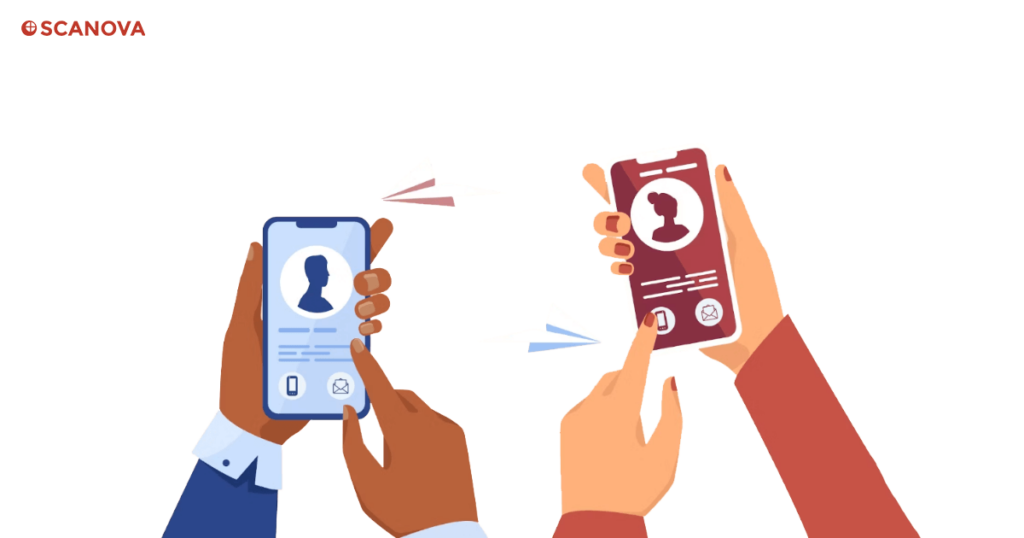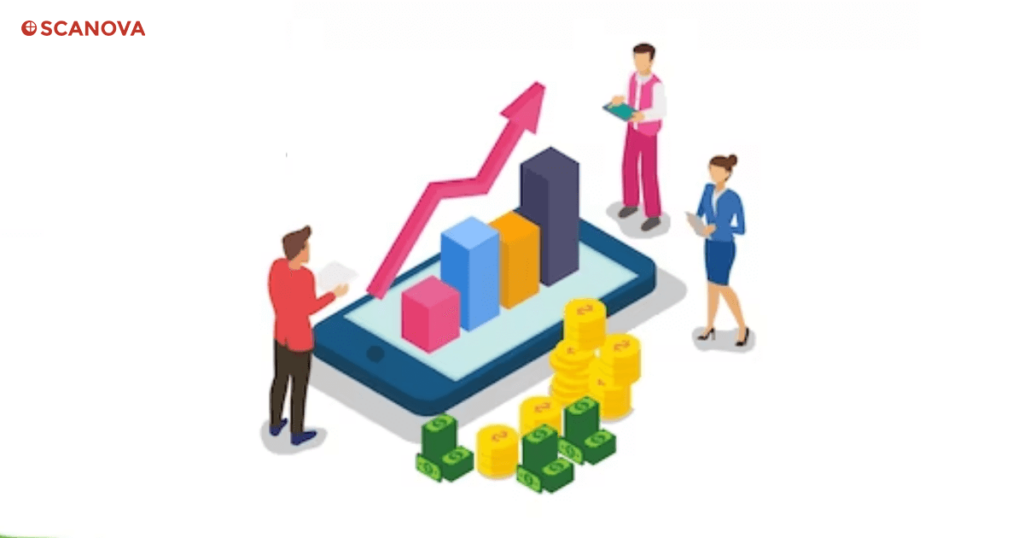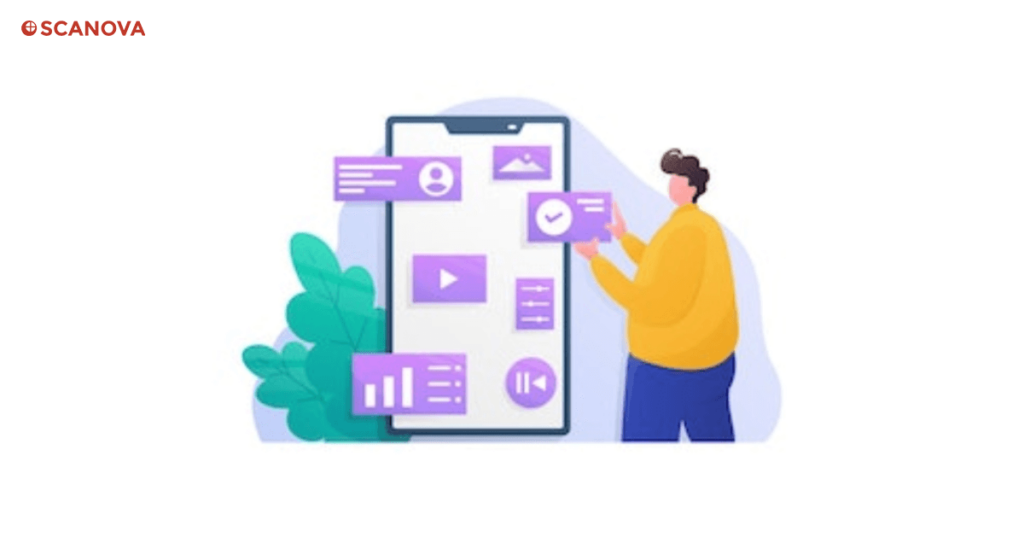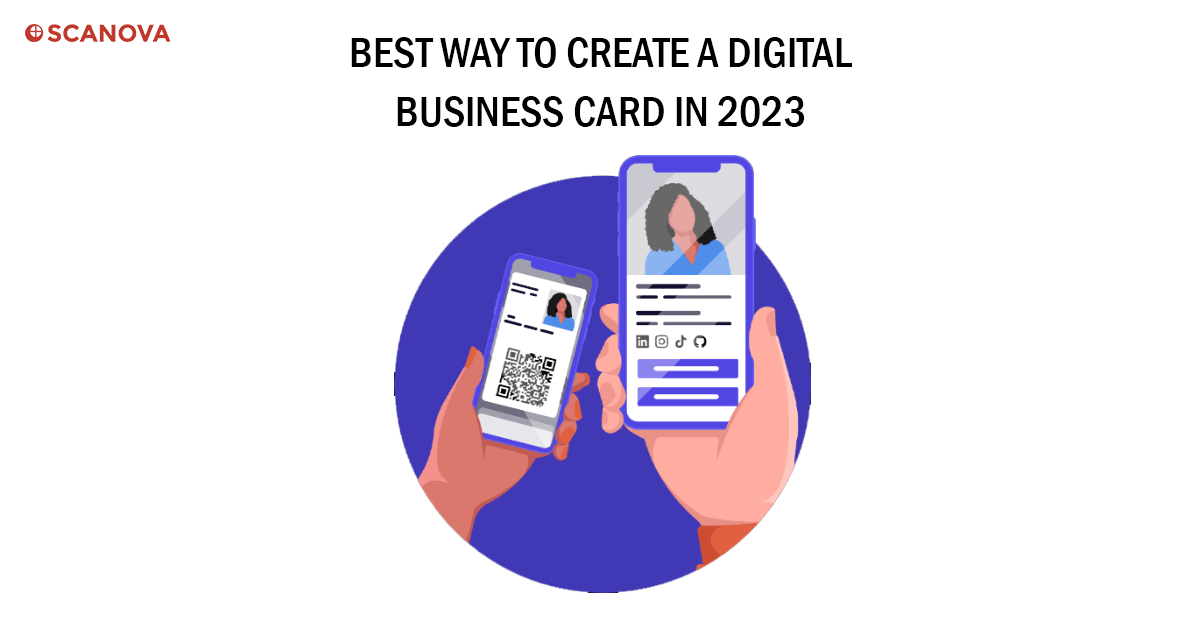Digital business cards are revolutionizing the way we network. In the era where technology has become our best friend, digital business cards provide a modern, convenient, and environmentally friendly way to share vital information.
A. Overview of digital business cards and their role in modern networking
These virtual substitutes are making a buzz in the networking world. They’re easy to create and distribute and reduce paper waste significantly. Imagine having the power to share your contact information with just a click, anytime, anywhere.
B. The advantages of digital business cards over traditional paper-based cards
When compared to their traditional counterparts, digital business cards offer endless benefits. Here are ten benefits of using digital business cards: –
- Eco-friendly: Digital business cards are paperless and produce zero waste. Hence, they’re better alternative to printed ones, an idea Mother Earth would surely approve of
- Cost-effective: Printing and designing traditional business cards can be expensive. This is especially true if you frequently update your information. Digital business cards, on the contrary, eliminate printing costs and can be easily updated anytime
- Easy to share: They can be easily shared via email, messaging apps, QR Codes, or social media platforms. When that happens, you reach a far wider audience and make connections effortlessly
- Increased accessibility: They can be stored on smartphones, tablets, or online platforms. With that, it gets convenient for users to access your information anytime, anywhere, as long as they have an internet connection
- Multimedia capabilities: Unlike traditional cards, they can incorporate multimedia elements such as videos, images, and links to websites or social media profiles. This lets you showcase your portfolio, products, or services more effectively
- Analytics and tracking: They enable you to track and analyze the interactions and engagement they generate. You can gather data on how often your card was viewed, shared, or clicked. Hence, you get valuable insights into the effectiveness of your networking efforts.
Related : QR Code Analytics: Tracking & Insights
- Real-time updates: With digital business cards, you can instantly update your contact information, such as phone numbers, email addresses, or job titles. This ensures that your contacts always have the most up-to-date information
- Increased storage capacity: Unlike physical cards, these cards do not have space constraints. You can include as much information’s as you want without worrying about running out of space. For example such as testimonials, client reviews, or even a picture
- Better organization: They can be organized and stored electronically, making managing and categorizing contacts easier. You can use contact management software or CRM software USA to keep track of your connections efficiently
- Enhanced interactivity: These cards often provide interactive features, such as clickable links, social media integrations, or contact forms. Thus, allowing user-engagement, such as visiting your website or scheduling a meeting
Overall, digital business cards offer a modern and versatile alternative to traditional printed cards.
Related : Reasons Why Going Digital Is The Best Paper Business Card Alternative
Generate a QR Code For Your Unique Case
START TODAY!
C. Types of digital business cards

Here are three types of digital business cards, along with examples: –
- Mobile App-Based Business Cards: These digital business cards are created and shared through mobile applications specifically designed for networking. You can create personalized profiles and share your contact information easily. One example of a mobile app-based business card is the “HiHello” app
- QR Code Business Cards: These cards contain a QR Code that can effortlessly be scanned using a smartphone’s camera. The QR code typically redirects the scanner to a landing page. You can create a QR Code with Scanova and add it to your physical business cards made via platforms like HiHello, Dibiz, or ShareEcard
- Email Signature Business Cards: These act as footers added to the sender’s email signature. They usually include the sender’s name, title, contact information, and other relevant details. WiseStamp and HubSpot are examples of email signature generators allowing users to create professional email signatures with business cards.
These examples demonstrate the diversity of digital business card formats available.
D. Comparing features, customizations, and fit for various industries
While all digital business cards provide solutions that are convenient, their features vary. Mobile app cards allow real-time updates and easy sharing.
In contrast, website cards allow you to showcase more detailed info, like portfolio links. Virtual cards on networking platforms facilitate connections within the platform’s ecosystem. Select the best business card designs based on your industry and networking needs.
E. The reasons behind the growing popularity of digital business cards

The growing demand for digital business cards can be attributed to several factors. The top three reasons behind their increasing popularity are: –
- Convenience and Accessibility: Digital business cards offer unparalleled comfort and accessibility. You can create, edit, and share your digital business card via email, messaging apps, social media, etc. Accessing them convenient for the recipients too. All they need is an internet connection
- Environmental Sustainability: In the era of sustainability, digital business cards are a great choice. They eliminate the need for paper, ink, and production waste, that contribute to deforestation and carbon footprint
- Enhanced Interactivity and Personalization: Digital business cards offer interactive features and customizations that printed cards cannot. Users can add multimedia such as images, videos, and weblinks to websites, social media, digital portfolio, etc. This enhances engagement and leaves a lasting impression on recipients
These reasons collectively demonstrate why digital business cards are gaining popularity. Their convenience, environmental sustainability, and ability to deliver engaging and personalized experiences make them a preferred choice.
F. The benefits for professionals
For professionals, digital business cards are a seamless way to exchange information, making networking more efficient. In the eco-friendly aspect, they significantly reduce paper consumption. Their ease of sharing has transformed the dynamics of professional networking, making it simpler and faster.
G. Factors to consider while creating a digital business card

Creating a digital business card requires a thoughtful approach. Here are some important considerations.
1. Identify key considerations when creating a digital business card
When you create a business card digitally, pay attention to its design, branding, and content. Ensure it aligns with your professional image and stands out in a sea of cards. Make sure that your contact information is precise and easily visible. Add a call-to-action to guide the recipient about the next steps.
Tip: A unique and easy-to-understand brand name helps your audience remember you. If you’re still in the process of naming your business, consider using an online tool to generate ideas to name your business and brainstorm fresh options.
2. Pay attention to responsive design, device compatibility, and accessibility
Your digital business card should be compatible across multiple platforms and devices. A responsive design ensures your card looks great, regardless of the screen size. Prioritize accessibility features to make your card user-friendly for all.
Let’s walk you through the installation and setup process of digital business card platforms.
H. Step-by-step guide to set-up digital business cards

Specific steps may vary based on the platform or app you choose. However, here is a general step-by-step guide for installing and setting up digital business card platforms or apps: –
- Research and Choose a Platform or App: Start by researching different digital business card platforms or apps (or QR Code generators) available in the market. Consider factors such as features, user reviews, pricing plans, and compatibility with your device.
- Create an Account: Download and launch the app and follow the prompts to create a new account. This typically involves providing your name and email address and creating a secure password. Some platforms may also offer sign-up options through existing social media accounts.
- Customize Your Profile: As the next step after creating an account, the platform might prompt you to customize your digital business card profile. This may include adding your name, job title, contact information, company details, and any other relevant details you want to have
- Choose a Design and Layout: Explore the design options provided by the platform and select a layout that aligns with your personal or brand preferences. You may have options to choose colors, fonts, and templates to create a visually appealing digital business card. Moreover, you can also create a custom QR Code with Scanova to add to the businesscard
- Add Additional Information or Media: Depending on the app’s capabilities, you may have the option to add additional information, such as a bio, testimonials, product images, or videos. Please take advantage of these features to enhance your digital business card and make it more engaging and informative
- Preview and Save Your Card: Before finalizing your digital business card, preview it (or test scan for a QR Code). It’ll ensure that all the information and media are accurate and displayed correctly. Make any necessary adjustments or edits. Once you are satisfied with the result, save your digital business card
- Share Your Digital Business Card: Share the card the way you want. It could be via a plethora of platforms, including email, messaging apps, and social media platforms, or by generating a unique QR Code. Choose the method that suits your networking needs and preferences
- Update and Manage Your Digital Business Card: As your information or branding needs change, update your digital business card accordingly. Most apps allow you to edit and manage your card easily within the app, ensuring that your contacts always have access to the most up-to-date information
Related : Elevate Your Networking with an E-Business Card
Generate a QR Code For Your Unique Case
START TODAY!
I. Maintenance and updates for digital business cards
Regularly update your digital business card to keep the information fresh. Periodically check your card’s performance and recipient engagement through the analytics provided by the platform. Or, if you choose to create a QR Code with Scanova, you can explore analytics dashboard to audit performance.
Use these insights to refine your business card for maximum effectiveness.
Digital business cards become a powerful networking tool in your professional arsenal. As a working professional, harness the power of digital business cards for a seamless networking experience.
Now that you know how to make a business card, dive in and create one that perfectly reflects you and your brand using Scanova.
